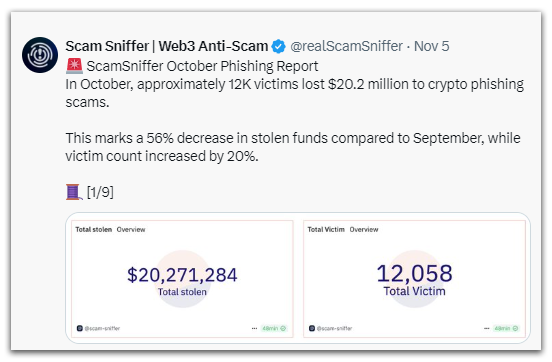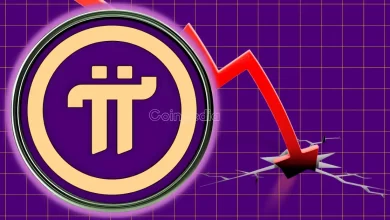
Scammers are targeting high-value crypto wallets, especially those holding $50,000 or more.
These scammers use advanced techniques like auto-doxxing and fake emails to trick victims.
To combat these scams, it's crucial to stay informed, be cautious of suspicious emails, and use robust security measures.
Crypto isn’t just about making money but also about keeping it safe. While crypto offers exciting opportunities, it also comes with significant risks. One of the biggest threats today is crypto phishing scams. These scams are targeting people with at least $50,000 in their crypto wallets, especially high-level professionals like CEOs, CFOs, and software engineers. Some scammers are making as much as $35,000 in just a few days.
Here’s how they’re doing it.
Scammers Know Exactly Who to Go After
These scams aren’t random – scammers are getting more strategic. They focus on people with large crypto holdings, usually $50,000 or more. They often start by collecting information from leaked databases, like the one from Unchained Capital. After identifying their target, they use tools like “auto-doxxers” to gather more personal details.
Then, they send fake emails that look like they’re from trusted sources, such as Coinbase. The goal is to trick victims into clicking on malicious links, often without thinking twice. That’s when they fall into the trap of a phishing scam.
Once Inside: A Clean and Efficient Operation
Once a scammer gains access to your wallet, it’s nearly impossible to recover your funds. They quickly move the crypto to their own wallets and make it vanish. But they don’t stop there. They use services like Tornado Cash to mix the stolen funds, making it harder to trace. After that, they convert the crypto into Monero, a privacy coin that’s nearly impossible to follow.
Finally, they pass the funds off to a middleman who converts them into cash without raising suspicion. It’s a well-organized, clean operation, allowing scammers to profit without getting caught.
What Can You Do?
The crypto world is starting to feel like the “Wild West.” Once you’re scammed, there’s often little you can do to get your funds back. As crypto phishing scams become more advanced, it’s clear that both systems and users need to improve security. People like Nick Neuman are working hard to raise awareness about how these scams work. The more we know, the safer we’ll be.
So, what should you do? It’s simple: stay cautious. Protect your wallets and always be on the lookout for phishing attempts. As the crypto space grows, let’s hope that security measures improve to better protect high-value accounts.







